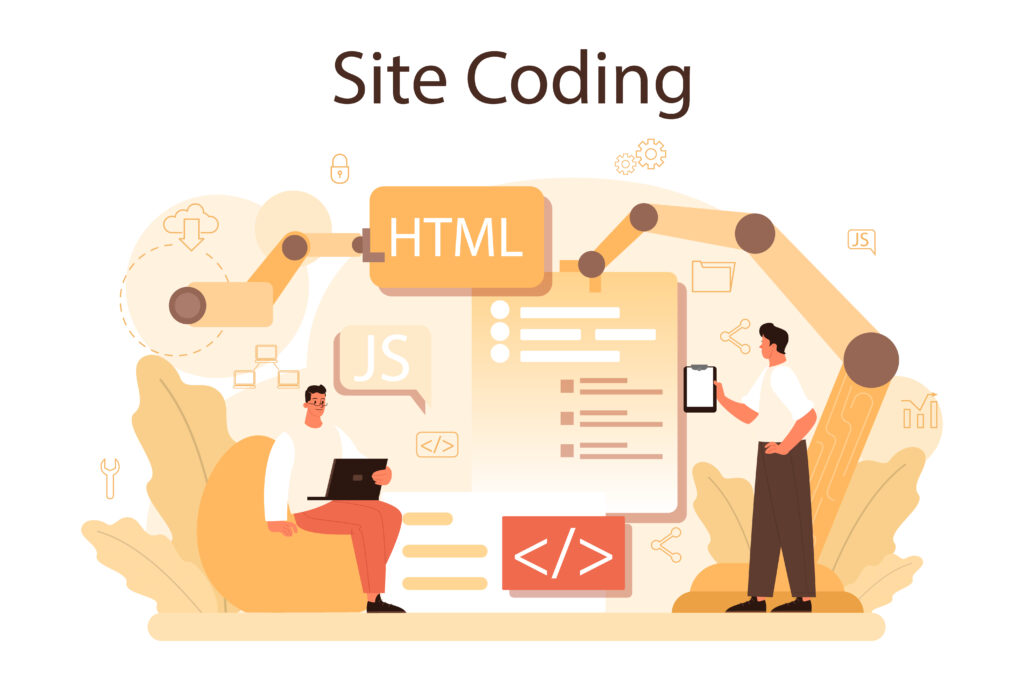Enhancing Your Website with HTML Styles: A Comprehensive Guide
HTML (HyperText Markup Language) provides the structure and content of a web page, while CSS (Cascading Style Sheets) handles the visual presentation. HTML styles refer to the use of CSS to enhance the appearance and layout of HTML elements. In this blog post, we’ll explore the importance of HTML styles, how to apply them, and best practices for creating visually appealing and user-friendly websites.
Why Use HTML Styles?
1. Improved User Experience
Well-styled websites are easier to navigate and more visually appealing, which enhances the user experience. By using styles, you can create a cohesive design that guides users through your content.
2. Brand Consistency
Consistent styling helps maintain brand identity. By using a specific set of styles, you can ensure that all pages of your website have a uniform look and feel.
3. Accessibility
Proper styling can improve the accessibility of your website. By ensuring sufficient contrast between text and background colors, using readable fonts, and structuring content logically, you can make your site more accessible to users with disabilities.
How to Apply HTML Styles
There are three main ways to apply CSS to your HTML: inline styles, internal styles, and external stylesheets.
1. Inline Styles
Inline styles are applied directly to an HTML element using the style attribute. This method is useful for quick, one-off styles but is not recommended for larger projects due to maintainability issues.
<p style="color: blue; font-size: 18px;">This is a paragraph with inline styles.</p>
2. Internal Styles
Internal styles are defined within a <style> tag in the <head> section of an HTML document. This method is useful for styling a single page.
<!DOCTYPE html>
<html lang="en">
<head>
<meta charset="UTF-8">
<meta name="viewport" content="width=device-width, initial-scale=1.0">
<style>
p {
color: blue;
font-size: 18px;
}
</style>
<title>Internal Styles Example</title>
</head>
<body>
<p>This is a paragraph with internal styles.</p>
</body>
</html>
3. External Stylesheets
External stylesheets are the most flexible and maintainable method for applying styles. They are defined in separate .css files and linked to the HTML document using the <link> tag.
<!-- index.html -->
<!DOCTYPE html>
<html lang="en">
<head>
<meta charset="UTF-8">
<meta name="viewport" content="width=device-width, initial-scale=1.0">
<link rel="stylesheet" href="styles.css">
<title>External Styles Example</title>
</head>
<body>
<p>This is a paragraph with external styles.</p>
</body>
</html>
/* styles.css */
p {
color: blue;
font-size: 18px;
}
CSS Selectors and Properties
1. CSS Selectors
CSS selectors are used to target HTML elements for styling. Common selectors include:
Element Selector: Targets all instances of a specific HTML element.
p {
color: blue;
}Class Selector: Targets elements with a specific class attribute.
.highlight {
background-color: yellow;
}ID Selector: Targets a single element with a specific ID attribute.
#main-title {
font-size: 24px;
}Attribute Selector: Targets elements based on the presence or value of an attribute.
[type="text"] {
border: 1px solid #ccc;
}
2. CSS Properties
CSS properties define the styles to be applied to the selected elements. Common properties include:
Color: Sets the text color.
p {
color: blue;
}Font Size: Sets the size of the text.
p {
font-size: 18px;
}Margin and Padding: Controls the space outside and inside the element, respectively.
p {
margin: 10px;
padding: 5px;
}Background Color: Sets the background color of an element.
p {
background-color: lightgray;
}
Advanced CSS Techniques
1. CSS Flexbox
FleBackground Color: Sets the background color of an element.xbox is a layout module that provides an easy and efficient way to arrange items within a container. It is especially useful for creating responsive designs.
container {
display: flex;
justify-content: space-between;
}
.item {
flex: 1;
padding: 10px;
}
<div class="container">
<div class="item">Item 1</div>
<div class="item">Item 2</div>
<div class="item">Item 3</div>
</div>
2. CSS Grid
CSS Grid is a powerful layout system that allows you to create complex grid-based layouts. It is more flexible and versatile than Flexbox for creating two-dimensional layouts.
.grid-container {
display: grid;
grid-template-columns: repeat(3, 1fr);
gap: 10px;
}
.grid-item {
background-color: lightblue;
padding: 20px;
}
<div class="grid-container">
<div class="grid-item">Item 1</div>
<div class="grid-item">Item 2</div>
<div class="grid-item">Item 3</div>
</div>
3. CSS Variables
CSS variables (custom properties) allow you to define reusable values for CSS properties. This makes it easier to manage and update styles.
:root {
--primary-color: blue;
--secondary-color: green;
}
p {
color: var(--primary-color);
}
.highlight {
background-color: var(--secondary-color);
}
Responsive Design
Responsive design ensures that your website looks and functions well on all devices, from desktops to smartphones. This is achieved using media queries and flexible layouts.
/* Media query for screens smaller than 600px */
@media (max-width: 600px) {
.container {
flex-direction: column;
}
}
<div class="container">
<div class="item">Item 1</div>
<div class="item">Item 2</div>
<div class="item">Item 3</div>
</div>
Best Practices for HTML Styles
1. Keep CSS Separate
Keep your CSS in separate files whenever possible. This improves maintainability and allows for better caching by browsers.
2. Use Descriptive Class Names
Use descriptive class names that reflect the purpose of the styles. This makes your code more readable and easier to understand.
/* Good practice */
.navbar {
background-color: #333;
color: white;
}
/* Bad practice */
.div1 {
background-color: #333;
color: white;
}
3. Minimize Use of IDs for Styling
Avoid using IDs for styling, as they have higher specificity and can make your CSS harder to manage. Use classes instead.
4. Leverage CSS Preprocessors
CSS preprocessors like SASS or LESS add features like variables, nesting, and mixins, making your CSS more powerful and easier to write.
// Example using SASS
$primary-color: blue;
body {
font-family: Arial, sans-serif;
color: $primary-color;
}
.container {
display: flex;
.item {
padding: 10px;
}
}
Conclusion
HTML styles, powered by CSS, are essential for creating visually appealing, user-friendly, and accessible websites. By understanding how to apply styles through inline, internal, and external methods, and by leveraging advanced techniques like Flexbox, Grid, and CSS variables, you can enhance your website’s design and functionality. Remember to follow best practices, keep your CSS maintainable, and always strive for a responsive and consistent design.
Whether you’re building a personal blog, an e-commerce site, or a corporate website, mastering HTML styles will help you create a professional and engaging online presence. Happy styling!
If you found this guide helpful, consider sharing it with others who are also on their web development journey. Stay tuned for more tutorials on HTML, CSS, JavaScript, and other web technologies to elevate your skills to the next level. Happy coding!

